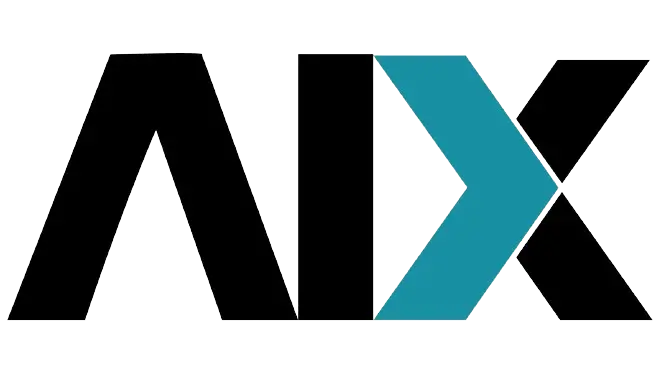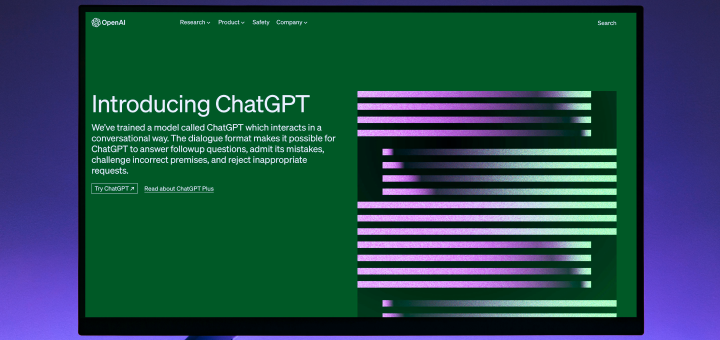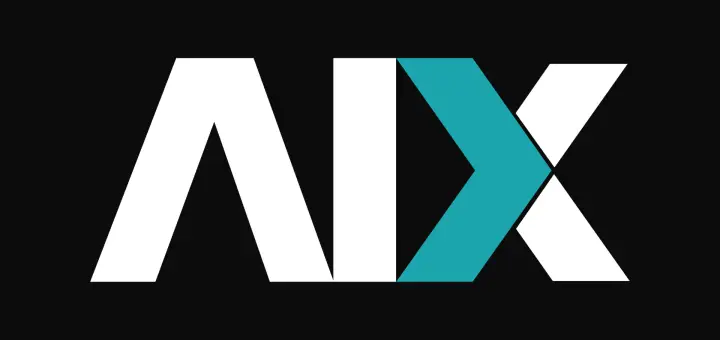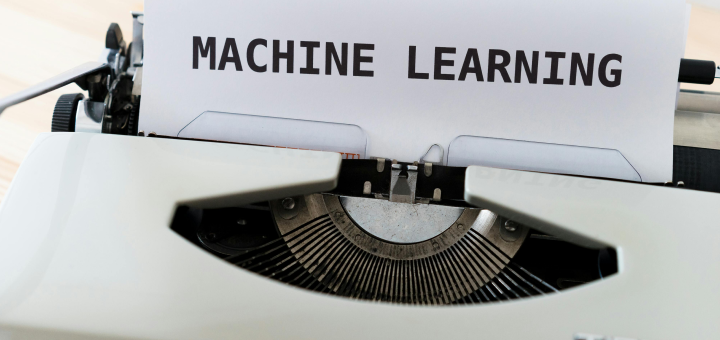GPTs for Dummies
In recent years, you’ve probably heard a lot about GPT (Generative Pre-trained Transformer) models and how they’re revolutionizing artificial intelligence. But what exactly are GPTs, and what makes them so special? In this blog post, we’ll dive into the world of GPTs and the Transformer architecture that powers them, explaining these concepts in a way that’s easy for anyone to understand.
What are GPTs?
GPT stands for “Generative Pre-trained Transformer.” Let’s break that down:
- Generative: These models can generate new content, like text or images.
- Pre-trained: They’re trained on vast amounts of data before being fine-tuned for specific tasks.
- Transformer: This refers to the underlying architecture of the model (more on this later).
GPTs are a type of language model – AI systems designed to understand and generate human-like text. They’ve gained fame for their ability to perform a wide range of tasks, from writing essays and answering questions to coding and even creating poetry.
The Evolution of Language Models
To appreciate GPTs, it’s helpful to understand how we got here:
- Traditional NLP: Early natural language processing relied heavily on rule-based systems and statistical methods.
- Word Embeddings: Models like Word2Vec represented words as vectors, capturing some semantic meaning.
- Recurrent Neural Networks (RNNs): These allowed for processing sequences of words, but struggled with long-range dependencies.
- Long Short-Term Memory (LSTM): An improvement on RNNs, better at handling long-term dependencies.
- Transformer Architecture: Introduced in 2017, this was a game-changer for NLP.
The Transformer Architecture: A Revolution in AI
The Transformer architecture, introduced in the paper “Attention Is All You Need” by Vaswani et al., is the backbone of GPT models. Here’s why it’s so important:
Key Features of Transformers
- Attention Mechanism: This allows the model to focus on different parts of the input when producing each part of the output. It’s like how we humans pay attention to specific words or phrases when understanding a sentence.
- Parallelization: Unlike RNNs, Transformers can process all parts of the input simultaneously, making them much faster to train.
- Positional Encoding: Since Transformers don’t process sequences in order, they use positional encodings to understand the order of words.
- Self-Attention: This allows each word to look at other words in the input sentence to gather context.
How Transformers Work
- Input Embedding: Words are converted into numerical representations called vectors. Each word is assigned a unique vector that captures its meaning and relationships to other words. For example, the vectors for “king” and “queen” would be closer to each other than to the vector for “banana”.
- Positional Encoding: Information about word order is added to these embeddings. This is crucial because, unlike humans reading a sentence from left to right, Transformers process all words simultaneously. Positional encoding allows the model to understand that “The cat sat on the mat” is different from “The mat sat on the cat”, even though they contain the same words.
- Encoder: The encoder processes the input and creates a rich representation of it. It does this through multiple layers of self-attention and feed-forward neural networks. Each layer refines the understanding of the input, capturing increasingly complex relationships between words. By the end of the encoding process, each word’s representation contains information about its context within the entire input.
- Decoder: The decoder generates the output based on the encoder’s representation. It works similarly to the encoder but with an additional step: it not only looks at the encoded input but also at what it has generated so far. This allows the decoder to maintain coherence and context as it generates new text word by word.
- Attention Layers: These help the model focus on relevant parts of the input when producing each part of the output. There are three types of attention in a Transformer:
- Self-attention in the encoder: Each word attends to all other words in the input.
- Self-attention in the decoder: Each generated word attends to previously generated words.
- Cross-attention: The decoder attends to relevant parts of the encoded input. This mechanism allows the model to weigh the importance of different words differently for each task, much like how humans focus on key parts of a sentence to understand its meaning.
- Feed-Forward Layers: After each attention layer, the information passes through a feed-forward neural network. These layers process the attended information independently for each word position, allowing the model to make complex transformations of the data. They help the model learn intricate patterns and relationships in the language.
- Output Layer: Finally, the decoder’s output passes through a final linear layer and a softmax function. This converts the internal representations back into probabilities over the vocabulary, predicting the most likely next word. The model can then either output this word or use it as input for the next decoding step, allowing it to generate sequences of text.

GPTs: Transformers at Scale
GPT models take the Transformer architecture and scale it up to massive proportions. Here’s what makes them special:
- Enormous Size: GPT-3, for example, has 175 billion parameters. This allows it to capture intricate patterns in language.
- Unsupervised Pre-training: GPTs are first trained on vast amounts of text from the internet, learning general language patterns.
- Fine-tuning: After pre-training, GPTs can be fine-tuned on specific tasks with much less data.
- Few-shot Learning: GPTs can often perform new tasks with just a few examples, or even zero examples (zero-shot learning).
The Impact of GPTs
GPTs have had a profound impact on AI and its applications:
- Natural Language Understanding: GPTs can understand context and nuance in language at an unprecedented level.
- Content Generation: From articles to poetry, GPTs can generate human-like text on almost any topic.
- Code Generation: Models like GitHub Copilot use GPT technology to assist in writing code.
- Language Translation: GPTs have improved the quality of machine translation.
- Question Answering: They can provide detailed answers to a wide range of questions.
Challenges and Considerations
While GPTs are powerful, they’re not without challenges:
- Bias: GPTs can perpetuate biases present in their training data.
- Hallucination: They can sometimes generate plausible-sounding but incorrect information.
- Lack of True Understanding: Despite their impressive outputs, GPTs don’t truly understand language the way humans do.
- Environmental Concerns: Training large GPT models requires significant computational resources.
The Future of GPTs and Transformers
As research continues, we can expect:
- Even Larger Models: Companies are experimenting with models much larger than GPT-3.
- Multimodal Models: Future GPTs might handle text, images, and even video simultaneously.
- Improved Efficiency: Researchers are working on making these models more efficient and less resource-intensive.
- Ethical AI: There’s a growing focus on developing these models responsibly and mitigating potential harm.
GPTs and the Transformer architecture represent a significant leap forward in AI technology. By allowing machines to process and generate human-like text with unprecedented accuracy, they’re opening up new possibilities in fields ranging from content creation to scientific research. As these technologies continue to evolve, they promise to reshape our interaction with AI in profound ways. However, it’s crucial that we approach this revolution with both excitement and caution, ensuring that these powerful tools are developed and used responsibly.




